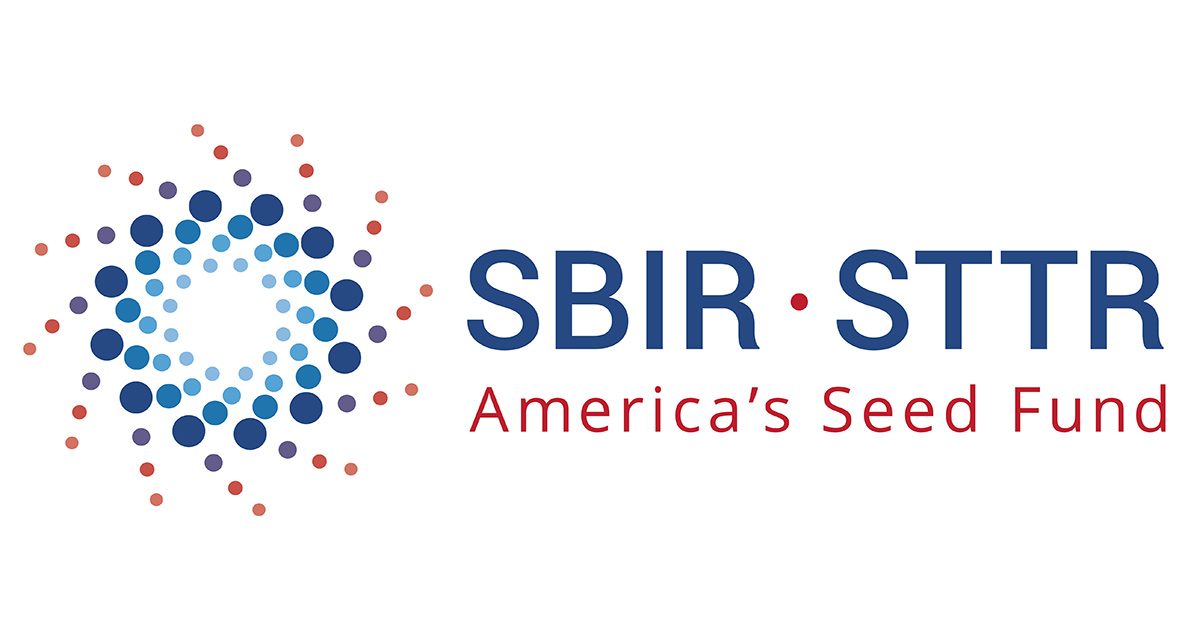We are pleased to announce MicroContinuum was selected by the U.S. Department of Energy Office of Science to receive the Small Business Innovation Research (SBIR)-Small Business Technology Transfer (STTR) award. Phase I is to establish the technical merit, feasibility, and commercial potential of the proposed R/R&D efforts and to determine the quality of performance of the small business awardee.
The award will be used to study roll-to-roll production of low-cost integrated OLED substrate with improved transparent conductor & and enhanced light outcoupling. Our project aims to increase the performance of OLED devices and reduce manufacturing costs by incorporating nanoscale features that allow higher output, improving transparent conductor characteristics for higher electrical efficiency and light uniformity, using substrates with improved barrier properties to prevent degradation, and developing low-cost roll-to-roll manufacturing technology for domestic production of OLED lighting panels.
Proposal Abstract
In order to meet national energy goals, DOE has set aggressive R&D targets for advanced manufacturing technology to produce high-efficiency organic LED (OLED) solid-state lighting (SSL) products. Achieving these goals will result in significant energy savings, cost reductions, and enhancement of the quality of the lighted environment. However, performance and cost issues are preventing the widespread availability of OLED lighting products. DOE-sponsored Multi-Year Program Plans and Roundtable discussions have identified the technical barriers that must be overcome to achieve these goals.
Three of the most significant technical challenges identified in the DOE reports include: extracting the large amount of light that is trapped and lost within OLED lighting devices, preventing device degradation from exposure to minute amounts of moisture and oxygen, and reducing manufacturing costs. MicroContinuum and its partners at Iowa State University have developed technologies that can overcome these problems and dramatically increase the performance of OLED devices at significantly reduced manufacturing costs.
We will accomplish this by 1) incorporating nano-scale features inside and outside of the devices that allow higher light output, 2) by improving transparent conductor characteristics for higher electrical efficiency and light uniformity, 3) using substrates with improved barrier properties to prevent degradation, and 4) developing innovative, low-cost roll-to-roll manufacturing technology to enable domestic production of OLED lighting panels. Our team will be working with several major manufacturers and potential strategic partners to evaluate these materials.
Commercial Applications and Other Benefits: OLEDs represent a disruptive technology for many lighting applications, including the use of thin, flexible, large-area lighting films for general home and specialized architectural lighting. According to the DOE, increased lighting efficiency using solid-state lighting, including OLEDS, can save the United States 16 quadrillion BTUs of energy (equivalent to 130 billion gallons of gasoline) over the next 20 years. This proposals technology can also benefit other areas, including consumer electronics (touch screens for laptops, tablets and phones, roll-up displays and displays embedded in fabrics or clothing), energy (solar cells and energy harvesting devices), health care (flexible large-area sensors, diagnostic devices), to name a few. The roll-to-roll manufacturing technology at the core of this proposal offers a potential breakthrough in improving efficiency and reducing costs for these applications.


